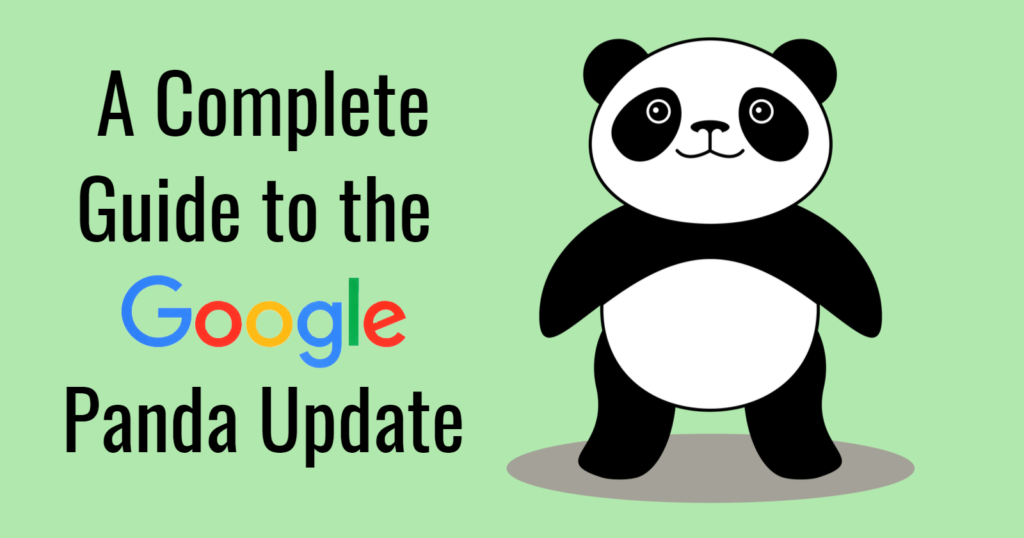Think Like a Panda: 7 Questions Google Asks Before Ranking Your Page
Introduction:
Since its launch, Panda has quietly shaped the way content is evaluated—targeting thin, spammy, or low-value content and rewarding high-quality, user-centric pages. Even though it’s now a permanent part of Google’s core algorithm, its mission remains unchanged: push the best content forward.In 2025, if your blogs aren’t getting the traction you expect, it might be time to look at them through Panda’s eyes. In this blog, we’ll explore 7 key questions Panda “asks” when deciding whether your page deserves to rank. Think of this as your insider guide to content that earns Google’s trust.

1. “Does This Content Solve a Real User Problem?”
Panda prioritizes content with purpose. If your blog doesn’t clearly help, inform, or solve something, it’s unlikely to rank. Always start by identifying user intent—and deliver value right away.
2. “Is It Written by Someone Who Knows the Topic?
Google values expertise. Whether it’s a blog, guide, or review—show that the writer has first-hand knowledge or credible experience. Use author bios, quotes, data, or case studies.
3. “Is the Content Original and Not Just Rewritten?”
Copy-pasting or rewriting existing content adds no value. Panda rewards fresh insights. Share personal examples, updated data, or a new angle—even on common topics.
4. “Is It Long Enough to Cover the Topic (But Not Just Long for SEO)?”
There’s no magic word count, but thin content (under 300–500 words) is often flagged. Make sure the post is as long as it needs to be to fully answer the user’s question—no fluff.
5. “Is the Page Well-Structured and Easy to Read?”
Short paragraphs
Clear subheadings (H2/H3)
Bullet points and bold text for scanning
Panda likes clean, digestible content that keeps readers engaged.
6. “Does It Link to Useful, Credible Sources?”
Citing sources shows trustworthiness. Use internal links for structure and external links to reputable references. This signals that your content is part of a larger ecosystem of quality.
7. “Are There Signals of Low Quality—Like Grammar Issues or Keyword Stuffing?”
Avoid trying to “trick” Google with exact match keywords in every line. Panda is smarter than that. Use natural language, fix typos, and avoid over-optimization.
Conclusion:
The Google Panda algorithm might be silent—but it’s always watching. Its goal isn’t to punish—it’s to promote content that genuinely helps users. By answering the questions Panda “asks,” you align your content with what matters most in 2025: relevance, experience, and user trust.